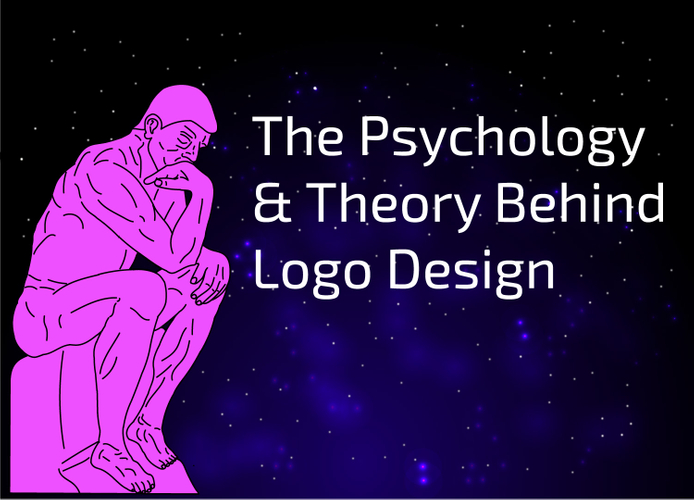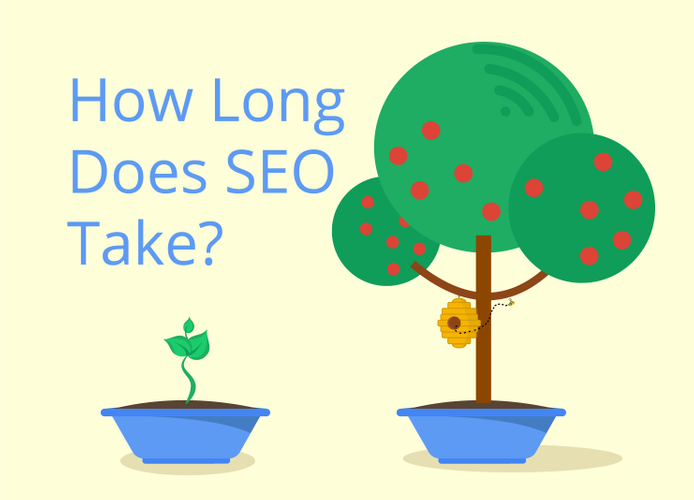The Psychology & Theory Behind Logo Design
When it comes to the process of Logo design, we seem to summarize it pretty easily by addressing the 3 key factors that come to mind first, Colour, Font and in most cases, an Icon of sorts. While these factors are crucial to creating a logo, I couldn't help but feel this summarization was far too simplistic in nature to explain why/how great logo designs have the ability to convey a specific message and spark emotions that leave you with a lasting impression, so I decided to dig deeper.
Through the process of researching this topic, I discovered that Colours, Fonts and Icons are just the tip of the logo iceberg and the psychology behind selecting them are far more complex and more in-depth than I ever expected.
Why logos are important
Think of how the flags of different countries are used to identify a nation and bring its people together, or how religious symbols are used to convey concepts about humanity and spirituality, to even something as simple as a person's signature or your favourite sports team, all of these use some form of a logo.
This idea got me thinking, if logos are just way to identify a business, then why have they been embedding in cultures across the globe, and why do they continue to withstand the test of time?
While this is a complicated question, the answer that came to mind is...they give us a sense of connection, they are not merely a product of our minds, but instead, they seem to be in fact apart of our minds. They provide us with an opportunity to identify who/what a group is even though they are faceless. They give us a chance to decide if they are worthy of our trust or not. These logos/symbols allow us to feel safe, secure and even a bit nostalgic but it all depends on the shapes, fonts, colours and icons you choose to convey your message and identity.
Since this topic is a bit of a rabbit hole, with a bunch of sub-rabbit holes inside, let's keep this topic focused on the two most essential parts to convey your message via Logo: Colours and Shape.
Choosing colours for your logo
There seems to be a lot of confusion around the idea of colours in relationship to logo design, and considering all of mysticism behind the theory of colour, its no surprise. With the sheer volume of articles telling you that green means "this" and orange means "that" or the classic "never use more than 2-3 colours", you can see how over complicating colour can become difficult but oversimplifying it can be even more problematic "I'm choosing pink, yellow, brown and purple because...." blah!
Yes, colours have meaning, but they are not necessarily bound to it. For example, the colour red being used for a law firm's logo is not going to have the same meaning as it would if it were to be used in a logo for a children's toy store and in some cases, you can use more than 2-3 colours...just look at Google.
When it comes to choosing colours for your logo design, try to find a balance between the two extreme schools of thought. Be thoughtful of the meaning of the colour, especially when it comes to its cultural interpretation but also remember that the context of your business and shape of your logo play a crucial part in the visual interpretation.
Shapes and fonts for your logo design
Shapes are one of the most important factors, not only for the sake of your logo, but they also play an essential role in our everyday life as well. Our brains are literally hardwired to see shapes and memorize them. Shape recognition is one of the most crucial milestones in a toddler's cognitive development and continues to hold its value throughout our adult life, as they help us sort and associate the correct items with the right shapes.
Our subconscious mind responds differently to different shapes. Circles, curves and jagged edges all imply something different and, understanding what they mean can make a huge difference when it comes to deciding which shape to choose for your logo design.
Take the Nike "swoosh", the combination of curves ending in a sharp point implies a sense of movement.
Shapes are fundamental when it comes to how your logo design will be interpreted. Here are a few things to keep in mind when choosing a shape for your logo.
- Circles, Ovals and Curved Edges seem to project a positive emotional response. Using circles or round edges in a logo can suggest friendship, love and openness. These shapes are often interpreted as soft and feminine.
- Triangles are an energetic and powerful shape. Due to the placement of the lines, it makes your eyes follow the shape up to its point. Placed upright, they give a sense of balance and stability but reverse the position, and it comes across as uncertain and risky. They are often associated with power, religion, science and law. The triangle is often interpreted as strong and masculine.
- Squares and Rectangles are two of the most common shapes, we see them many times throughout the day. From walls, furniture, buildings and cellphones to our fridges and cutting boards, these shapes are familiar. With their straight lines and angles, these two shapes give a sense of security and reliability. Due to their predominance in our daily lives, squares and rectangles are often associated with authority.
We often try and separate Fonts from Shapes, but if you actually think about it, there is really only one difference, letters are just shapes that we associate with words. Think of the classic and timeless font of the Coca-Cola logo to the more boxy and modern choice of FedEx, each one of these font shapes gives off a strong sense of who and what they are. When it comes to designing a logo, take the time to look at each letterform individually, play around with both rounded and sharp edges, and you will see the shape of your logo take on a personality right before your eyes. Oh, and it is probably best to leave "Comic Sans" untouched.
The conclusion
Your logo is the face and identity of your business and brand, so when it comes to deciding on which shape or colour to choose, be thoughtful, and actually ask yourself the question "how do I want to be perceived?".
Lastly and most importantly, enjoy the design process, choosing colours and shapes sparks joy and creativity in all of us, so it is best to follow your gut and stay true to who you are!

